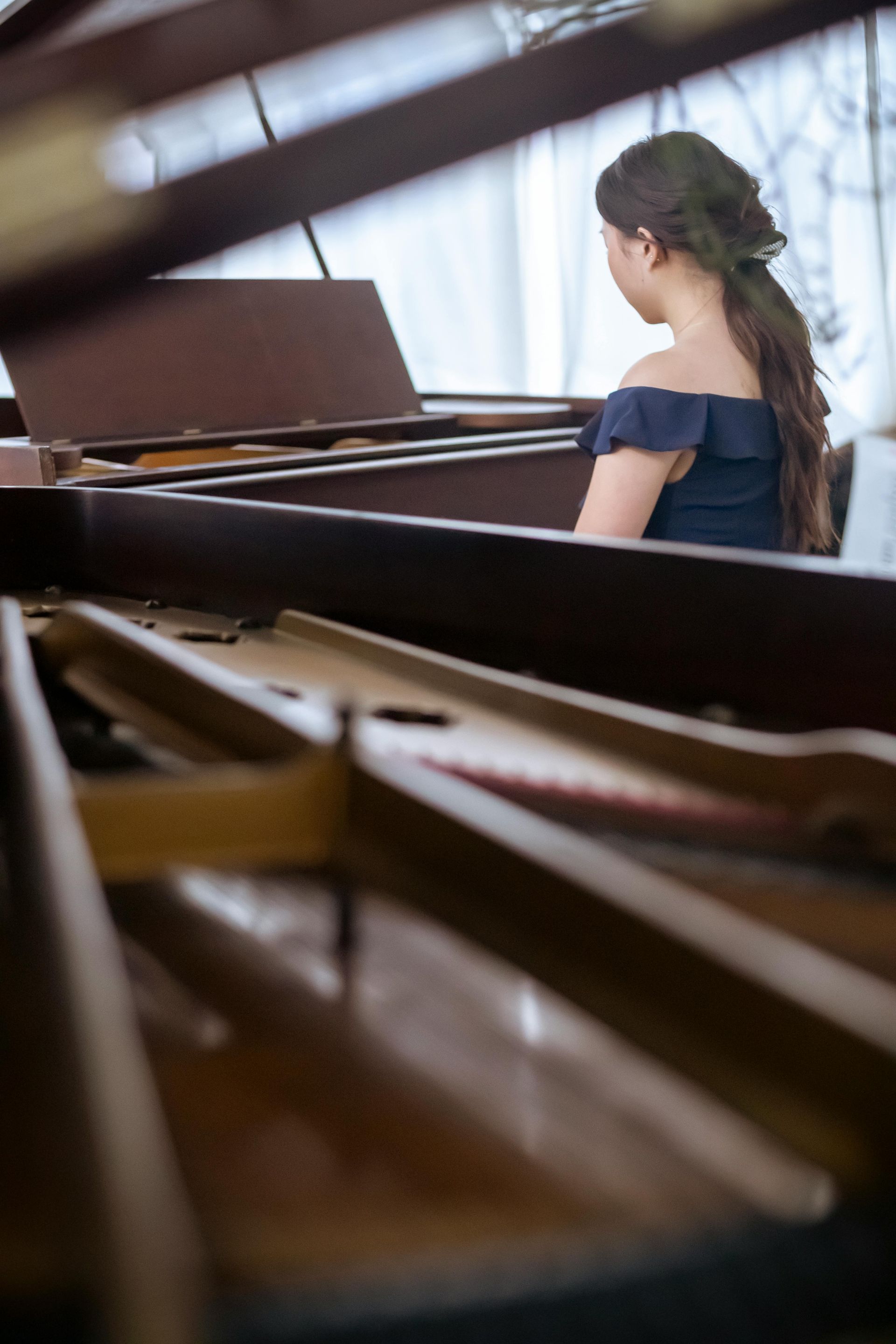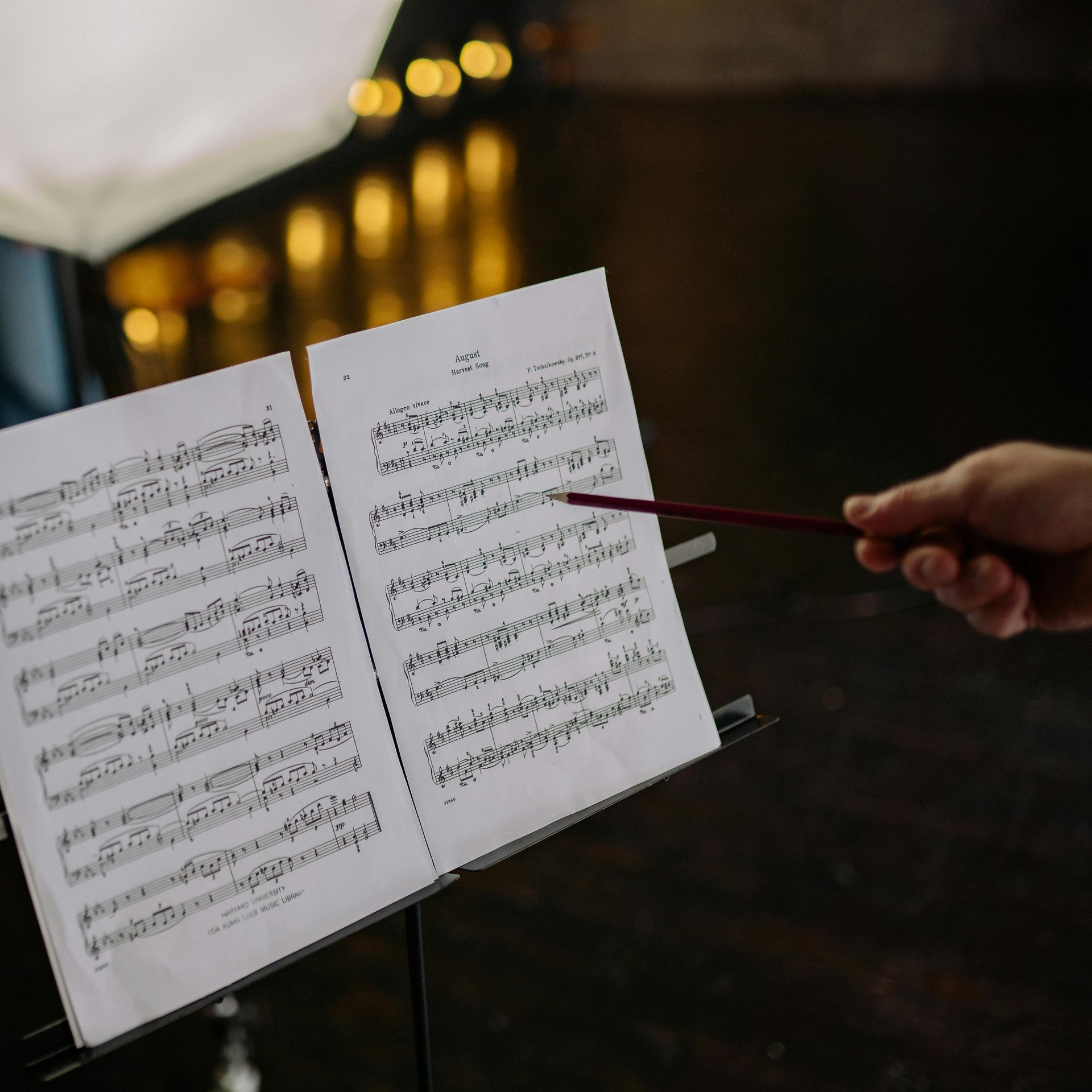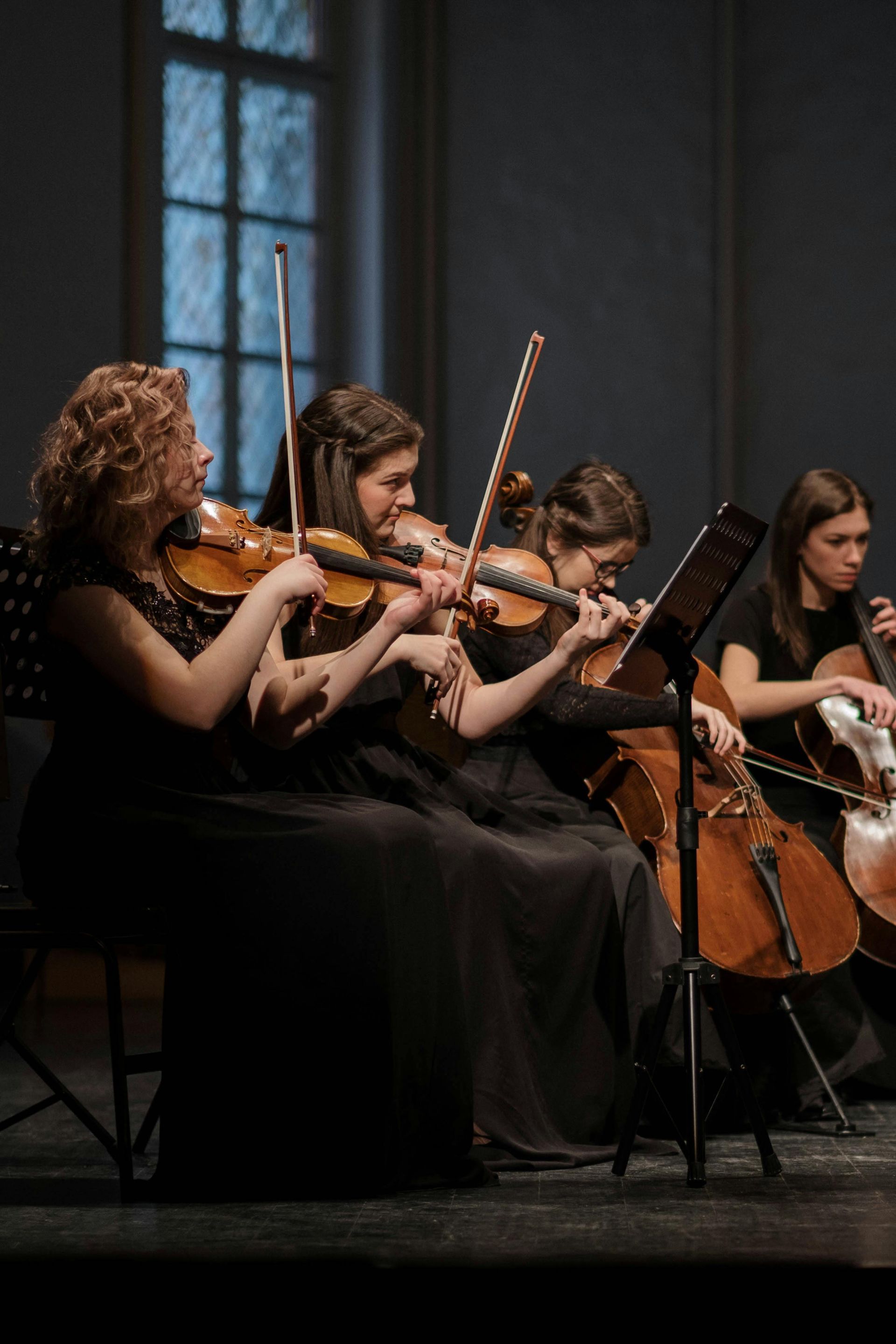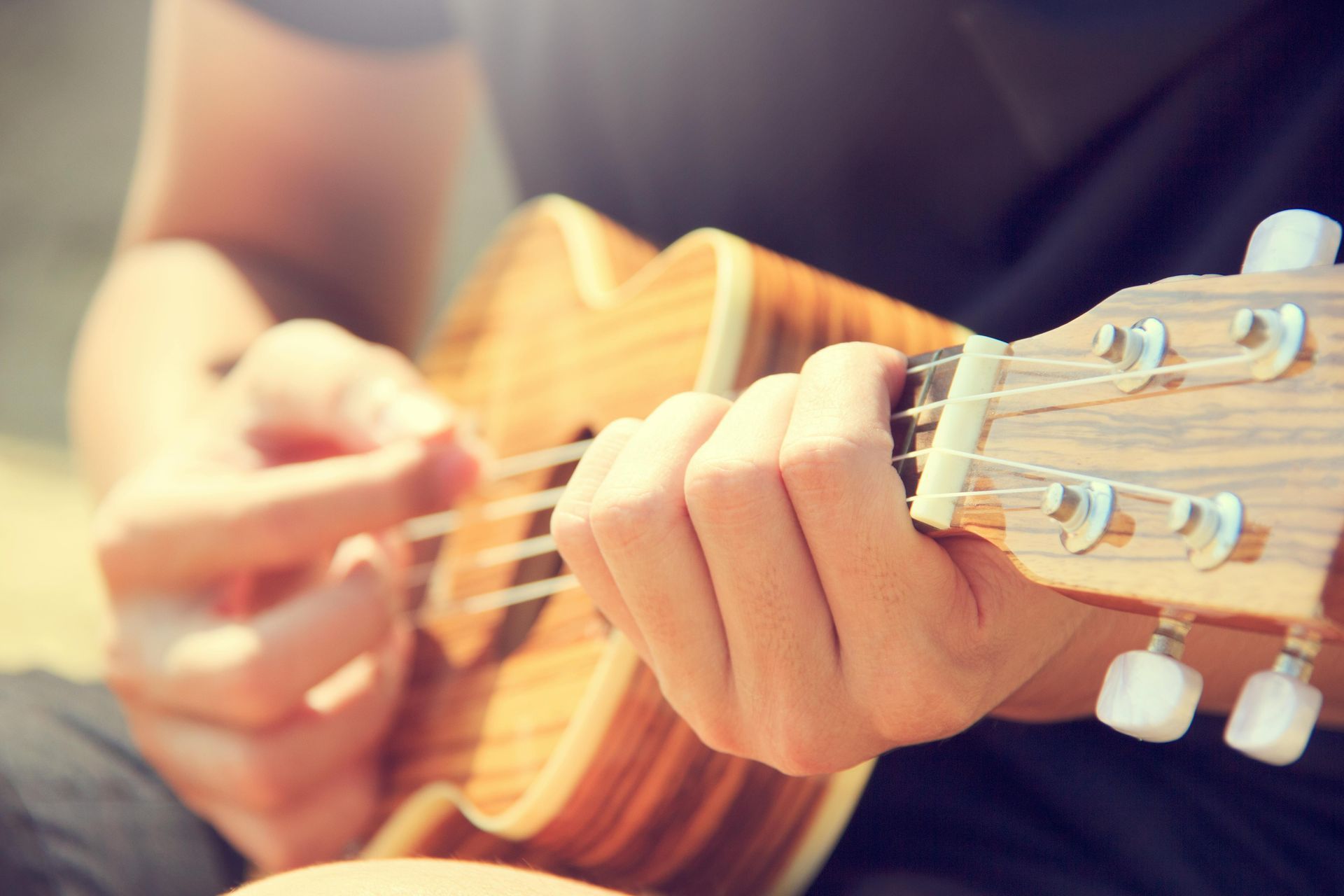
WELCOME TO MUSICAL LIVING ACADEMY
Engage the Mind.
Express the Heart.
Discover the transformative power of music with us. We nurture creativity, talent, and personal growth in a supportive community. Start your journey today!
INTRO COURSES
Fun Foundations For All Ages!
Our Intro Classes offer a fun, group-based introduction to music, with programs tailored for every age group.
We provide PreK Piano (4-6yrs), 4Kids Programs (7-11yrs), 4Teens Programs (12-17yrs), and Adult Programs (18yrs-up). These classes build a solid musical foundation in a supportive environment, ideal for beginners!
PRIVATE INSTRUCTION
Personalized Instruction For Focused Growth
Private Lessons offer individualized, one-on-one instruction starting at age 6 and up.
With tailored lessons to meet your child’s specific goals, students receive focused attention to help them grow their musical talents confidently and effectively.

ONGOING CLASSES
Fun Foundations For All Ages!
Fall 2025 Intro Class Registration is NOW OPEN. Below is the schedule of classes we are offering:
MONDAY
FIRST CLASS ON 09/08
6:00PM
SATURDAY
FIRST CLASS ON 09/06
10:00AM
MONDAY
FIRST CLASS ON 09/08
5:00PM
SATURDAY
FIRST CLASS ON 09/03
3:00PM
WEDNESDAY
FIRST CLASS ON 09/03
5:00PM
TUESDAY
FIRST CLASS ON 09/02
6:00PM
TUESDAY
7:00PM
TUESDAY
FIRST CLASS ON 09/02
7:00PM
THURSDAY
FIRST CLASS ON 09/04
11:00AM
PRIVATE CLASSES
Play At Your Own Pace
Our Private Lessons are designed around you! Whether you're mastering the piano, shredding on guitar, or finding your voice, our personalized one-on-one lessons help you grow at your own pace. With expert guidance, you’ll unlock your musical potential and see fast progress — your instrument, your style, your way. Start making music today!
VIOLIN LESSONS
DRUM LESSONS
OUR TEAM
Meet Our Expert Instructors
Our passionate teaching team is committed to guiding every student’s musical journey. The majority of our instructors hold music degrees, are actively pursuing them, or have extensive performing experience. With a deep love for music and education, they are here to inspire and help students grow in a fun, supportive environment. Click below to learn more about the talented individuals who make up our Musical Living Academy family!
OUR EVENTS
Upcoming Events
Tune in for our upcoming events! From student showcases to fun workshops and jam sessions, there's always something happening at our academy.
-- More Events Coming Soon
News






Stay Connected!
What Our Students & Parents Say
